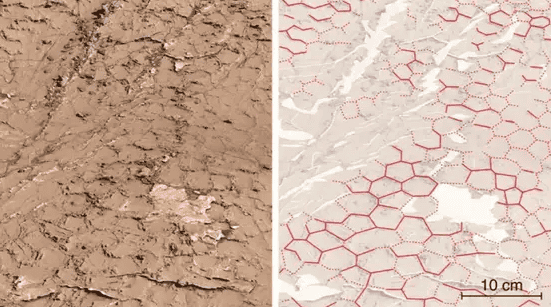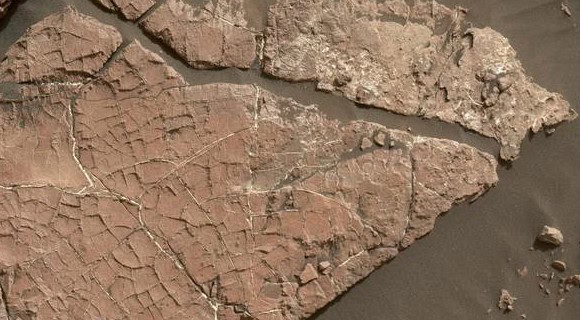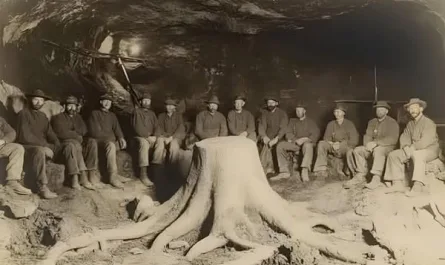NASA’s Curiosity rover has uncovered hexagonal-patterned rock formations on Mars, revealing ancient mud cracks that suggest the planet experienced prolonged cycles of wet and dry periods spanning millions of years. This discovery, detailed in a recent study, indicates that Mars may have been more hospitable to life than previously thought.

Why Mud Cracks Point to a Habitable Ancient Mars
Mars today is a cold, arid world, but decades of research show its ancient surface was far different, likely hosting rivers, lakes, ponds, and possibly seas or oceans, much like Earth. On our planet, life flourishes where water exists, leading scientists to hypothesize that ancient Mars’ water-rich environment could have supported life, with potential evidence still preserved. Past studies suggest dry periods may have played a role in life’s evolution on Mars.

Some researchers propose that organic compounds present during wet periods could have combined during dry spells, potentially triggering chemical reactions conducive to life. “On Earth, experiments show that wet-dry cycles allow simple organic molecules to form larger ones, like proteins, RNA, or DNA,” said lead author William Rapin, a research scientist at the French National Center for Scientific Research in Toulouse, France, in an interview with Space.com. “This is the first time we’ve found traces of conditions on Mars that could have supported the origin of life,” he added.

The findings, based on data from Curiosity, highlight how early Mars underwent repeated wet-dry cycles, creating environments potentially favorable for life.
How Scientists Analyzed the Mud Cracks

The study focused on 3.6-billion-year-old rocks in Gale Crater, where Curiosity landed in August 2012. Researchers identified mud cracks with a unique hexagonal pattern formed from Y-shaped junctions, distinct from previously observed T-shaped cracks. “These Y-shaped junctions indicate the mud dried and fossilized in that state, which was exciting and unexpected,” Rapin explained. “It’s a type of rock we hadn’t seen on Mars before.”
Curiosity also detected sulfate salts in the area, suggesting chemical traces of these ancient climates. “This discovery allows us to explore other Martian sites with similar chemical signatures from that era to study past environments,” Rapin noted. “We can now investigate not just if life arose on Mars, but how it might have emerged.”
The findings were published on August 9 in the journal Nature.
Significance of the Discovery
The observation of ancient mud cracks in a Martian lakebed underscores that Mars experienced millions of years of alternating wet and dry periods. This fascinating finding opens new avenues for exploring Mars’ potential to have hosted life, prompting further investigation into its ancient environmental conditions.
What are your thoughts on this intriguing discovery about Mars’ past?


